20 biggest historical mysteries that will probably never be solved
Will we ever find Cleopatra's tomb or the Ark of the Covenant? Some mysteries may never be resolved.
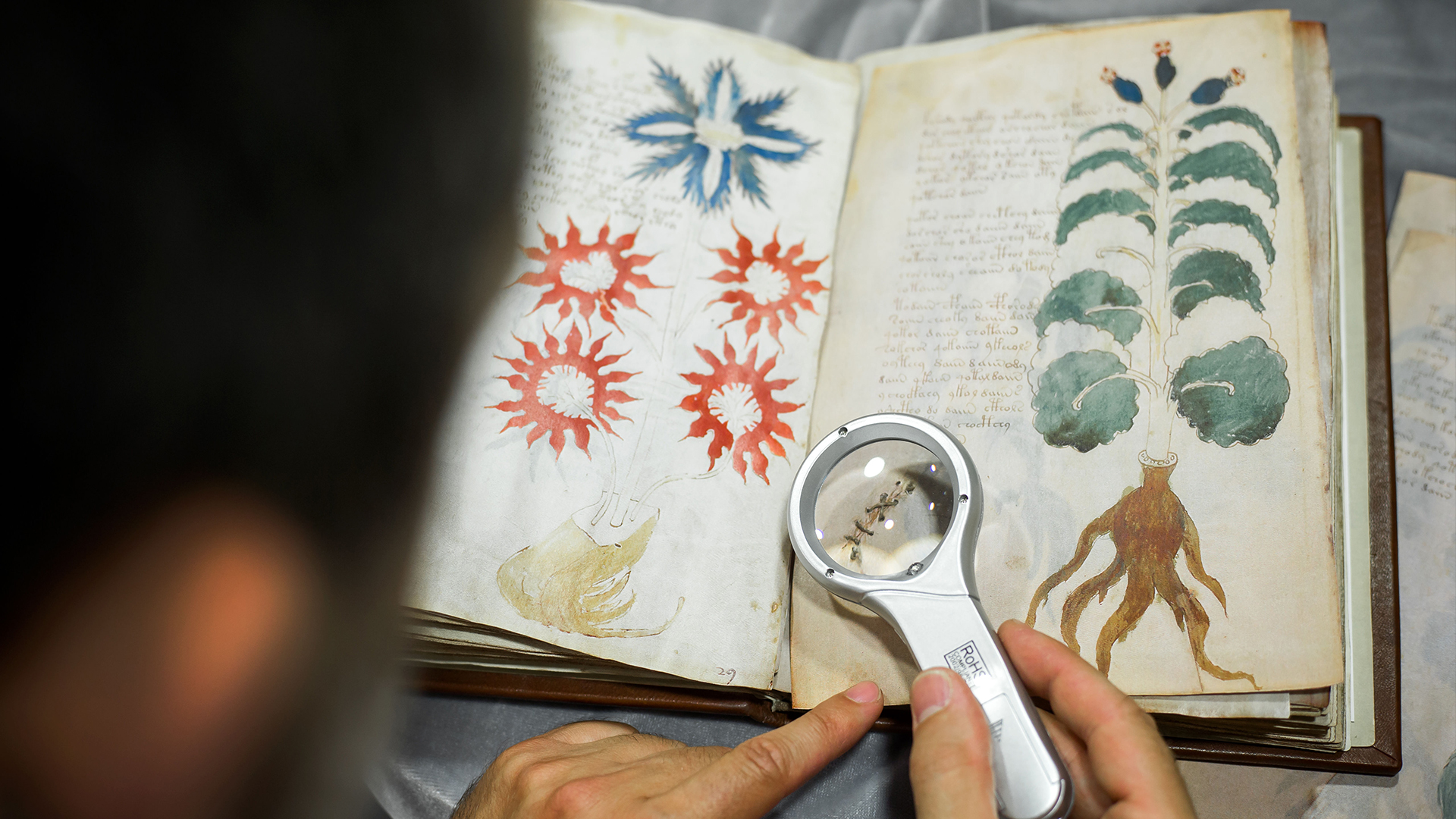
There are some historical mysteries that may never be solved, from the date that Jesus was born to the identity of Jack the Ripper to the location of Cleopatra's tomb. Sometimes, that's because the relevant excavated material has been lost or an archaeological site has been destroyed. Other times, it's because new evidence is unlikely to come forward or the surviving evidence is too vague to lead scholars to a consensus.
The lack of answers only makes these enigmas more intriguing. Here, Live Science takes a look at 20 of these historical questions that may never have definitive explanations.
Was Mount Everest scaled in 1924?

The first verified individuals to scale Mount Everest were Edmund Hillary and Tenzing Norgay, who reached the summit on May 29, 1953. However, they may not have been the first people to reach the top.
In 1924, British mountaineers Andrew Comyn "Sandy" Irvine and George Mallory died on Mount Everest. Since then, there has been speculation about whether they may have reached the summit before they perished. In 1999, climber Conrad Anker found Mallory's body at a height of almost 27,000 feet (8,229 m) up the 29,032-foot-tall (8,849 m) mountain. In 2024, Irvine's foot, still in its sock and boot, was discovered by a National Geographic documentary team. A camera the two originally brought with them remains undiscovered. Sadly, it seems unlikely that we will ever know for sure whether the two reached the top before they perished.
What happened to the Mary Celeste?

On Dec 5, 1872, the British ship Dei Gratia pulled up alongside the Mary Celeste and found it abandoned and adrift about 400 miles (644 km) east of the Azores. A lifeboat was missing, but there was no damage to the vessel or sign of any struggle. The 10 passengers and crew aboard the vessel were never seen again, and what happened on board the ship has been a mystery ever since. Many theories have been put forward. One suggests that a leak from the ship's cargo of alcohol may have prompted the crew to abandon ship because of fears it would catch fire and blow up. Another theory is that a waterspout may have threatened the vessel. To this day, the mystery has never been solved, it likely never will be.
What does the Voynich manuscript say?

The 600-year-old Voynich manuscript is a mysterious codex that contains a series of illustrations and writings. The writings, penned by an unknown author, have not been deciphered, and it's not clear if they represent an unknown language, a code or gibberish. Attempts to decipher the codex and understand its meaning have been unsuccessful.
Many theories have attempted to explain the text. For example, it may be a reference book, a work of fiction or an attempt to gain entry into a secret society. It looks unlikely that the codex will ever be deciphered, or it may be undecipherable.
Where are the bones of Peking Man?
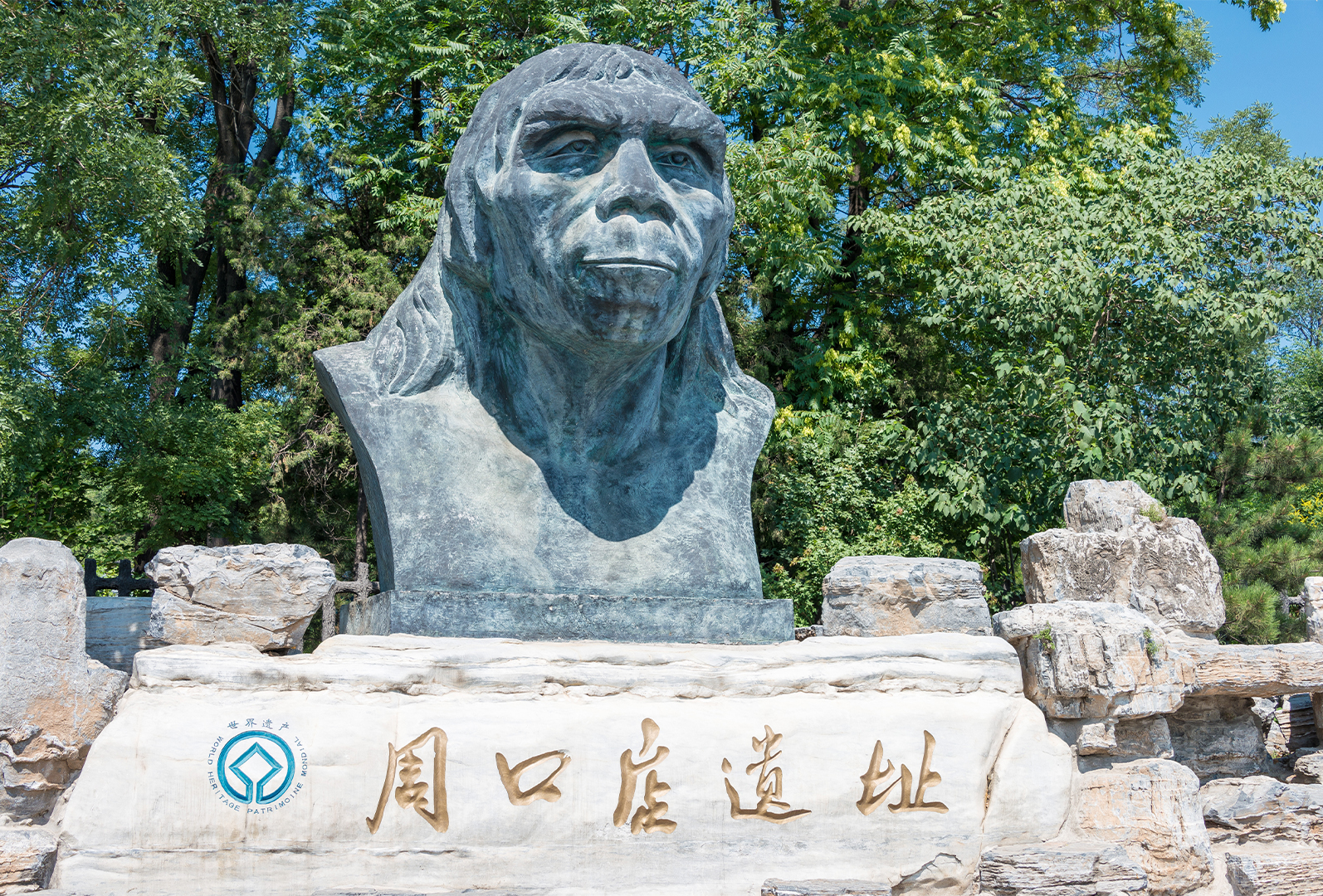
Bones belonging to a hominin named "Peking Man" were found in 1923 in a cave near the village of Zhoukoudian, near Beijing. Japan invaded China in 1937 and attempted to ship the fossils to the United States in 1941, before the attack on Pearl Harbor. The attempt failed, and the location of the fossils remains unknown. One theory is that they were sunk while on board a ship, while another purports that they are buried somewhere in China. While it appears unlikely that the fossils will be found, recent excavations of the caves near Zhoukoudian are turning up new tools related to Peking Man.
Where is Alexander the Great buried?

By the age of 32, Alexander the Great had swept across Asia, conquering a region from the Balkans to Pakistan and ruling over the biggest empire in the ancient world. Then, in 323 B.C., he died, and his empire fell like a house of cards. The ruler was felled by an illness in Babylon. Historical documents suggest one of his generals brought his body back to ancient Egypt two years later and that his body was held in the city of Memphis while a tomb was built for him in Alexandria.
However, no one knows exactly where that iconic tomb is located. Some have suggested it has sunk beneath the waves, because it was built in the "Palaces District" that is now submerged. If that's the case, it may have been destroyed by millennia of both human and natural forces, experts previously told Live Science. Even if it were to be found, there would likely be few identifying marks proving the tomb belonged to Alexander. The ancient historians who described the building of the tomb left little physical description of it, so researchers may need an intact inscription to identify the tomb.
Was there a real King Arthur?
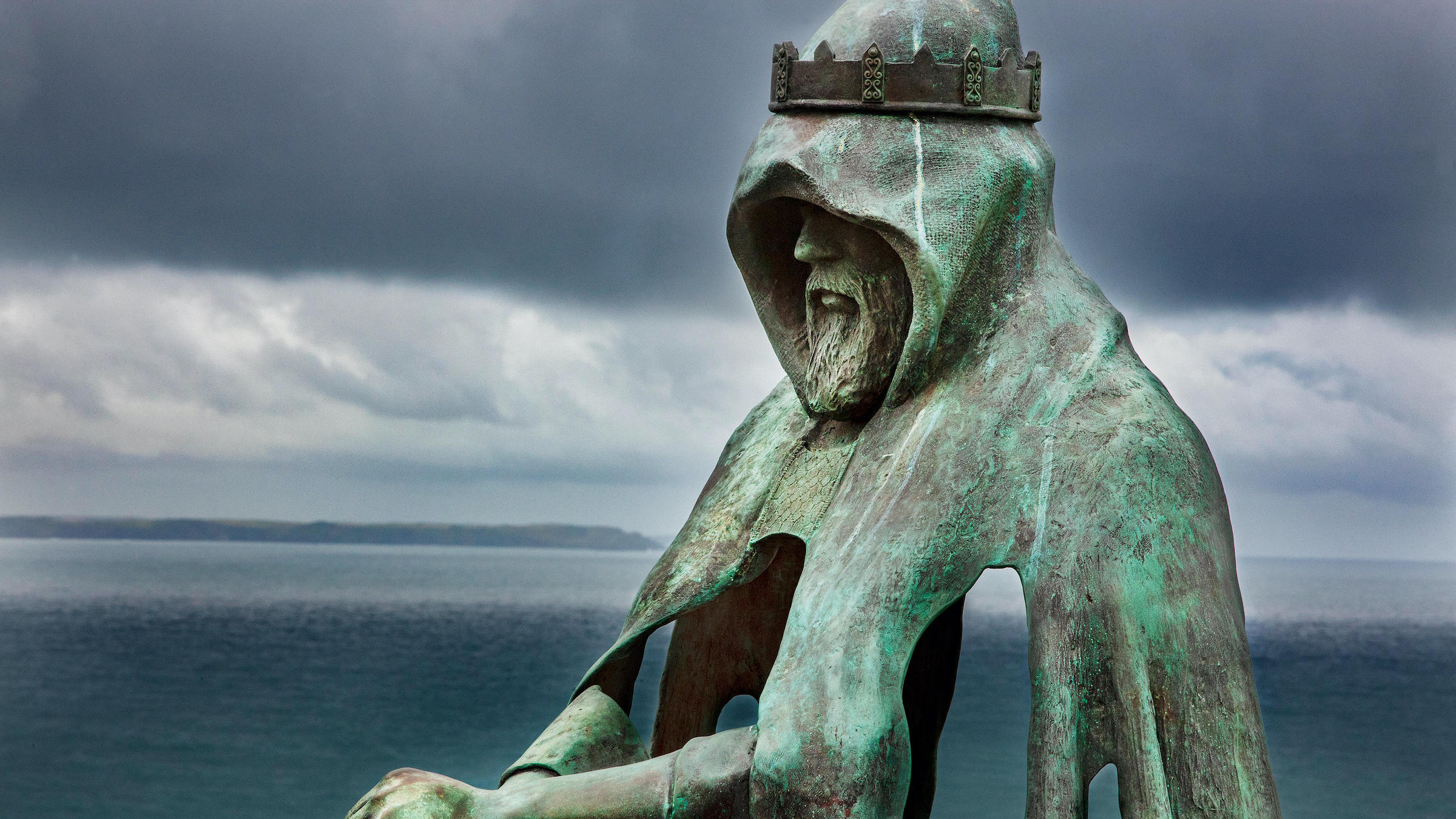
The story of King Arthur has been told and retold numerous times over more than 1,000 years. Camelot, the knights of the round table, the wizard Merlin and the sword Excalibur are all famous parts of the Arthurian tales.
However, if King Arthur did really exist, the reality was likely less magical. The earliest surviving accounts date to the ninth century and tell of a leader (perhaps not even a king) who fought several battles against the Saxons; even the accuracy of these accounts is debatable.
There are a number of sites in Britain that legends link to King Arthur, such as Tintagel, a coastal site that was supposedly King Arthur’s home; but excavations have not confirmed whether Arthur ever lived there or even existed. Ultimately, it seems unlikely that scholars will ever know for sure whether there was a real King Arthur or whether the man was purely fictional.
What happened to the "vanished" colonists at Roanoke?
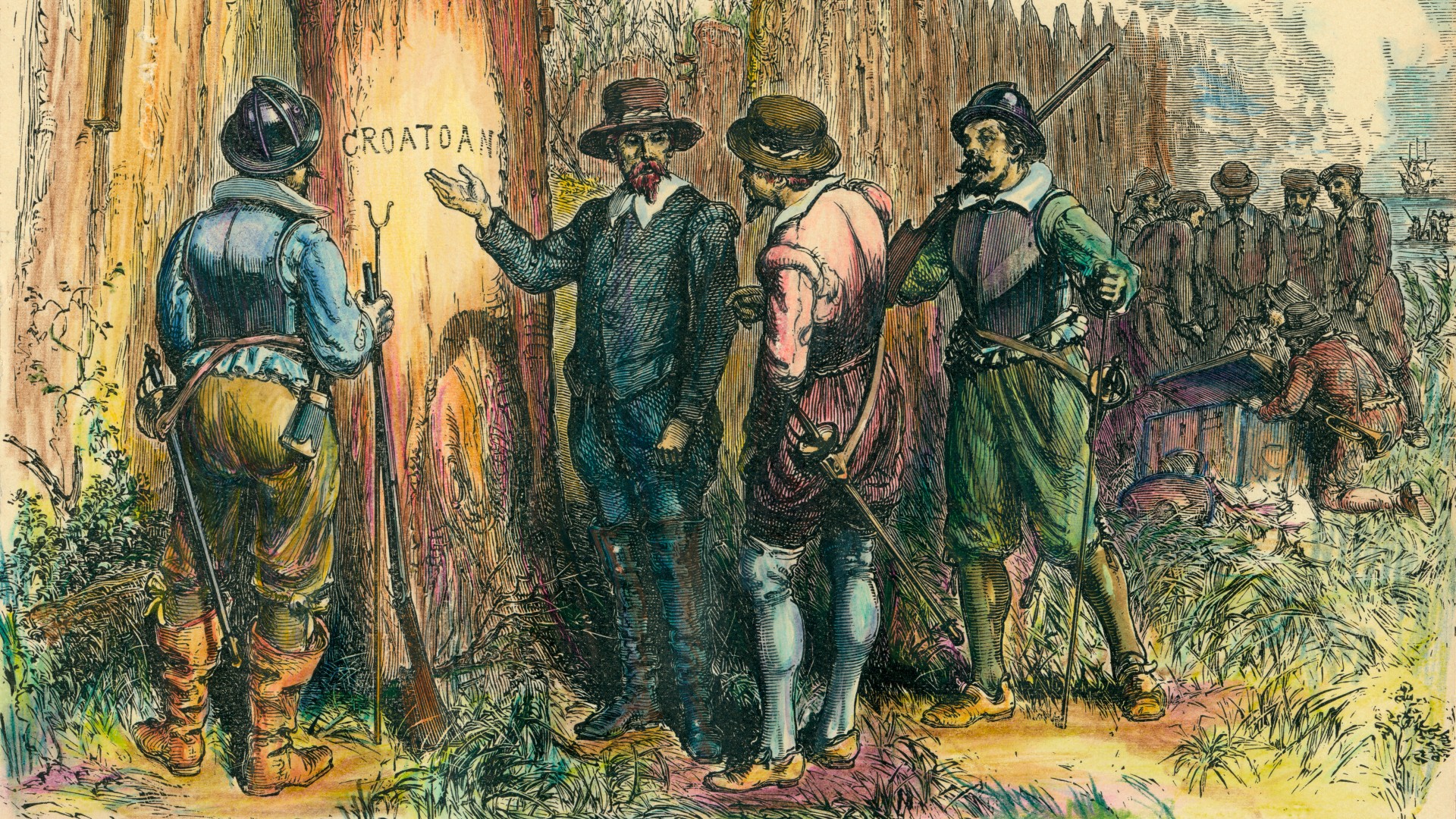
On July 22, 1587, John White arrived to Roanoke Island with another 120 people along with him. A few months later, he sailed back to England, hoping to restock on badly needed supplies. But when he finally returned three years later, every last resident had vanished.
The only clue to their potential whereabouts? The mysterious word CROATOAN carved on a palisdae, and another CRO carved on a tree. White assumed the residents had traveled to Croatoan Island, which is now called Hatteras Island. But a storm blew in and prevented White from reaching the island, and he never raised enough money for another search.
Some documents suggest Chief Powhattan killed some of the colonists, but there's no archaeological evidence to back that up. Other theories propose the residents were attacked by the Spanish or that the colonists simply died of natural causes. Whatever the case, the fate of the colonists is "the biggest unsolved mystery in American history," William Kelso, emeritus director of archaeology and research at the Jamestown Rediscovery Foundation, previously told Live Science.
Where is William Kidd's treasure hidden?

William Kidd, more commonly known as Captain Kidd, was an infamous Scottish privateer who sailed the seas in the late 1600s. He was commissioned to arrest pirates by the British government but was ultimately hanged for piracy himself in 1701.
Before his ignominious death, Kidd captured and plundered many ships. But the one that got him in hot water was the Quedagh Merchant, a ship with an English captain sailing with French regulatory papers (known as passes) and carrying goods belonging to the nobleman of the Mughal Emperor's court in South Asia, Frederick Hanselmann, an underwater archaeologist at Indiana University, wrote in his book "Captain Kidd's Lost Ship: The Wreck of the Quedagh Merchant" (University Press of Florida, 2019). This caused the British to brand Kidd as a pirate. When Kidd found out, he sailed to New York on another vessel in an attempt to clear his name. The Quedagh Merchant was abandoned shortly after Kidd left, and its wreck was found in 2007.
Kidd claimed he pilfered around 100,000 British pounds (around $20 million today) and buried it somewhere, offering to trade the location for his life, according to a letter he wrote to the British government, which is now in the British National Archives. The offer was refused, and he was executed. To his dying breath, Kidd argued he was a legitimate privateer who had only ever plundered targets approved by the crown. But he was hung and his body covered with pitch and squeezed in an iron cage displayed over the Thames. Either way, none of this treasure has ever been recovered, and likely never will be.
Who was Jack the Ripper?

In 1888, Jack the Ripper killed at least five women in London, mutilating their bodies. A number of letters, supposedly from the Ripper, were sent to police taunting officers' efforts to find the Ripper. (Whether any of them were actually written by the Ripper is a matter of debate among scholars.) The name "Jack the Ripper" comes from these letters.
Needless to say, the Ripper was never found, and over the years, dozens of people have been brought up as possible candidates. In his 2012 book "Jack The Ripper: The Hand Of A Woman," John Morris suggests that a woman named Lizzie Williams was the Ripper, although other Ripper experts cast doubt on it. It appears unlikely that the true identity of the Ripper will ever be known for sure.
Where is Jimmy Hoffa?

The teamster union leader known for his involvement in organized crime disappeared in Oakland County, Michigan, on July 30, 1975, and was declared legally dead in 1982. The identity of his killer(s) and the location of his body are ongoing mysteries. Police and forensic anthropologists have searched a number of sites in Detroit and Oakland County to no avail.
One popular theory was that Hoffa's body was buried beneath Giants Stadium in New Jersey. However, this theory has been debunked. On Oct. 25 and 26, 2021, FBI agents visited a former landfill in New Jersey to conduct a "site survey," according to The New York Times. The survey is a follow-up to a deathbed confession by a landfill worker claiming that people had charged he and his father with burying Hoffa's body in a steel barrel under the dump in 1975. The agents apparently didn't find the steel barrel.
"Nothing of evidentiary value was discovered during that search," Mara Schneider, an FBI spokeswoman in Detroit, said according to The Guardian in July 2022. "While we do not currently anticipate any additional activity at the site, the FBI will continue to pursue any viable lead in our efforts to locate Mr Hoffa."
The identity of his killer is also unclear. Before his death in 2006, Richard "The Iceman" Kuklinski, a hit man, claimed to have killed Hoffa and dumped his body in a scrap yard, The Guardian reported. An author named Philip Carlo visited Kuklinski in prison before he died and wrote a book on Kuklinski's confessions. After the book came out, a number of police officers cast doubt on the confession in media interviews. As the years go by, it appears increasingly unlikely that Hoffa's remains will ever be found.
Where is Cleopatra's tomb?

Ancient writers claim that Cleopatra VII and her lover, Mark Antony, were buried together in a tomb after their deaths in 30 B.C. The writer Plutarch (A.D. 45 to 120) wrote that the tomb was located near a temple of Isis, an ancient Egyptian goddess, and was a "lofty and beautiful" monument containing treasures made of gold, silver, emeralds, pearls, ebony and ivory.
The location of the tomb remains a mystery. In 2010, Zahi Hawass, Egypt's former antiquities minister, conducted excavations at a site near Alexandria now called Taposiris Magna, which contains a number of tombs dating to the era when Cleopatra VII ruled Egypt. While many interesting archaeological discoveries were made, Cleopatra VII's tomb was not among them, and there is no evidence that the tomb is located there, Hawass said. Archaeologists have noted that even if Cleopatra's tomb does survive to this day, it may be heavily plundered and unidentifiable.
Who killed JFK?
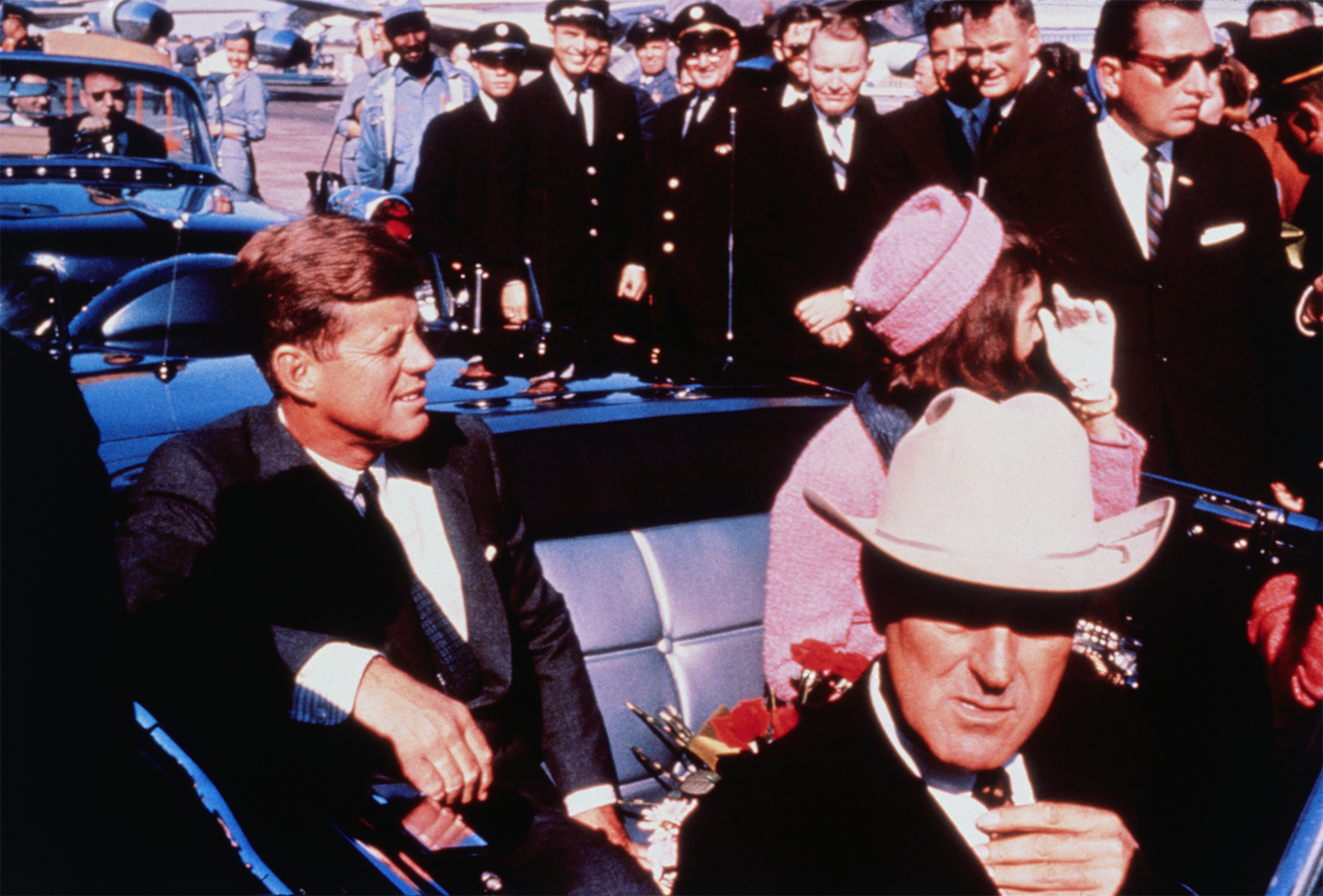
This is one of the biggest mysteries in American history that will never be resolved to everyone's satisfaction. On Nov. 22, 1963, President John F. Kennedy was shot in Dallas by Lee Harvey Oswald (although some speculate that he wasn't the only shooter). On Nov. 24, 1963, before Oswald could stand trial, Oswald was fatally shot by nightclub owner Jack Ruby. Ruby died of lung cancer on Jan. 3, 1967.
Related: 10 persistent Kennedy assassination theories
The most widely accepted explanation is that Oswald killed JFK on his own and Ruby killed Oswald, on his own volition. Ruby's stated motivation was to spare Jacqueline Kennedy "the discomfiture of [Oswald] coming back to trial." However, there are still a significant number of professional and amateur historians who do not agree with this explanation, and since JFK's death numerous alternative explanations have been brought forward. Given that significant new evidence is unlikely to appear, a firm consensus will probably never be reached.
Was Caesarion truly Caesar's son?
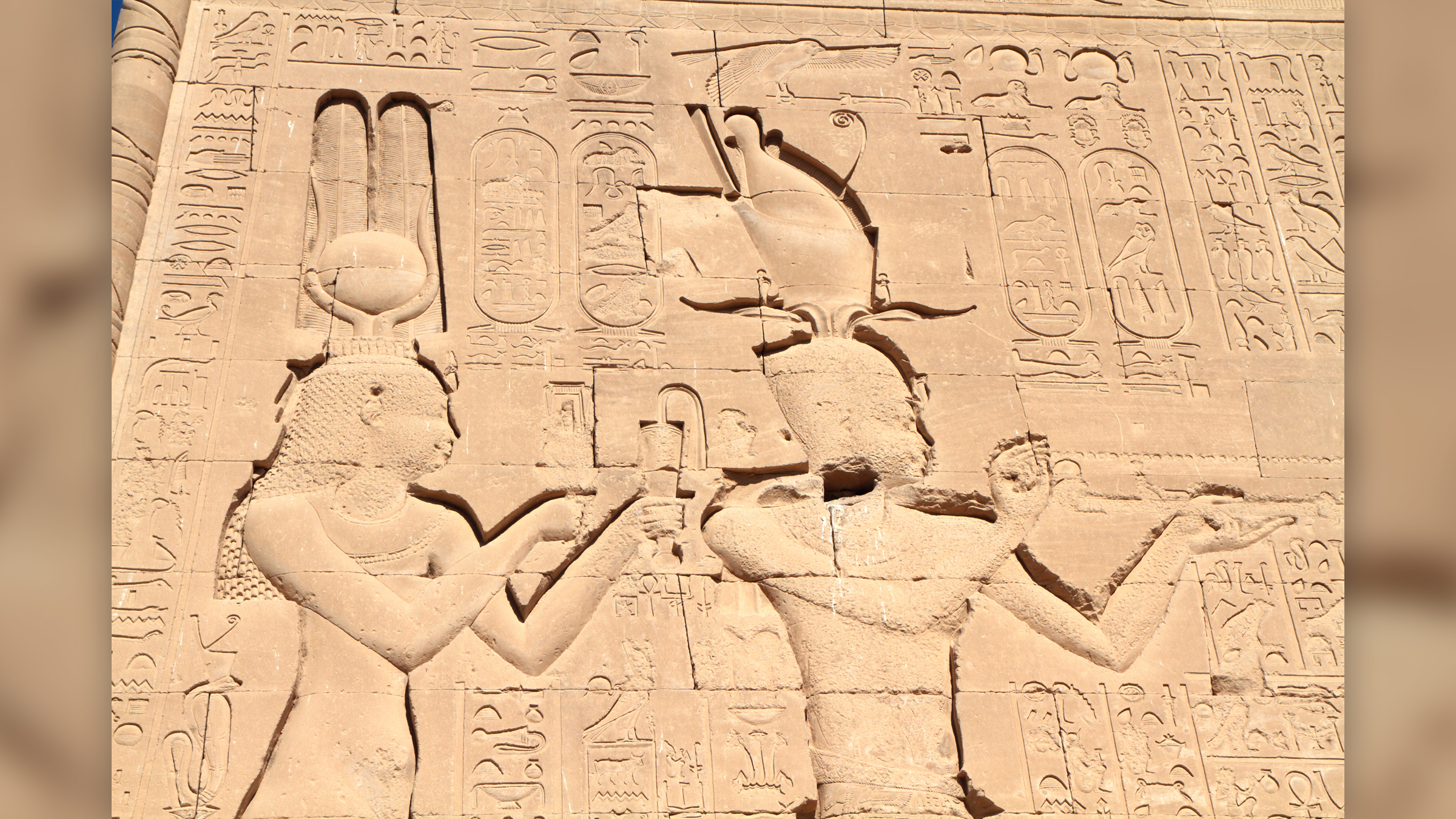
In 47 B.C., Cleopatra VII gave birth to a son named Caesarion whom she claimed was the son of Julius Caesar. Cleopatra named Caesarion as co-ruler of Egypt in 44 B.C., and surviving art depicts mother and son as co-rulers.
However, whether the child was truly Caesar's son is uncertain. Caesar never acknowledged the child as his own. One of Caesar's friends, Gaius Oppius, even wrote a pamphlet denying that Caesarion was Caesar's son. Cleopatra VII died by suicide after she and Mark Antony were defeated by Octavian in 30 B.C. and Caesarion was killed not long after that.
With no remains of Julius Caesar or Caesarion surviving, it is unlikely that scholars will ever be able to determine, with certainty, whether Caesar was truly Caesarion's father.
Is the Copper Scroll treasure real?
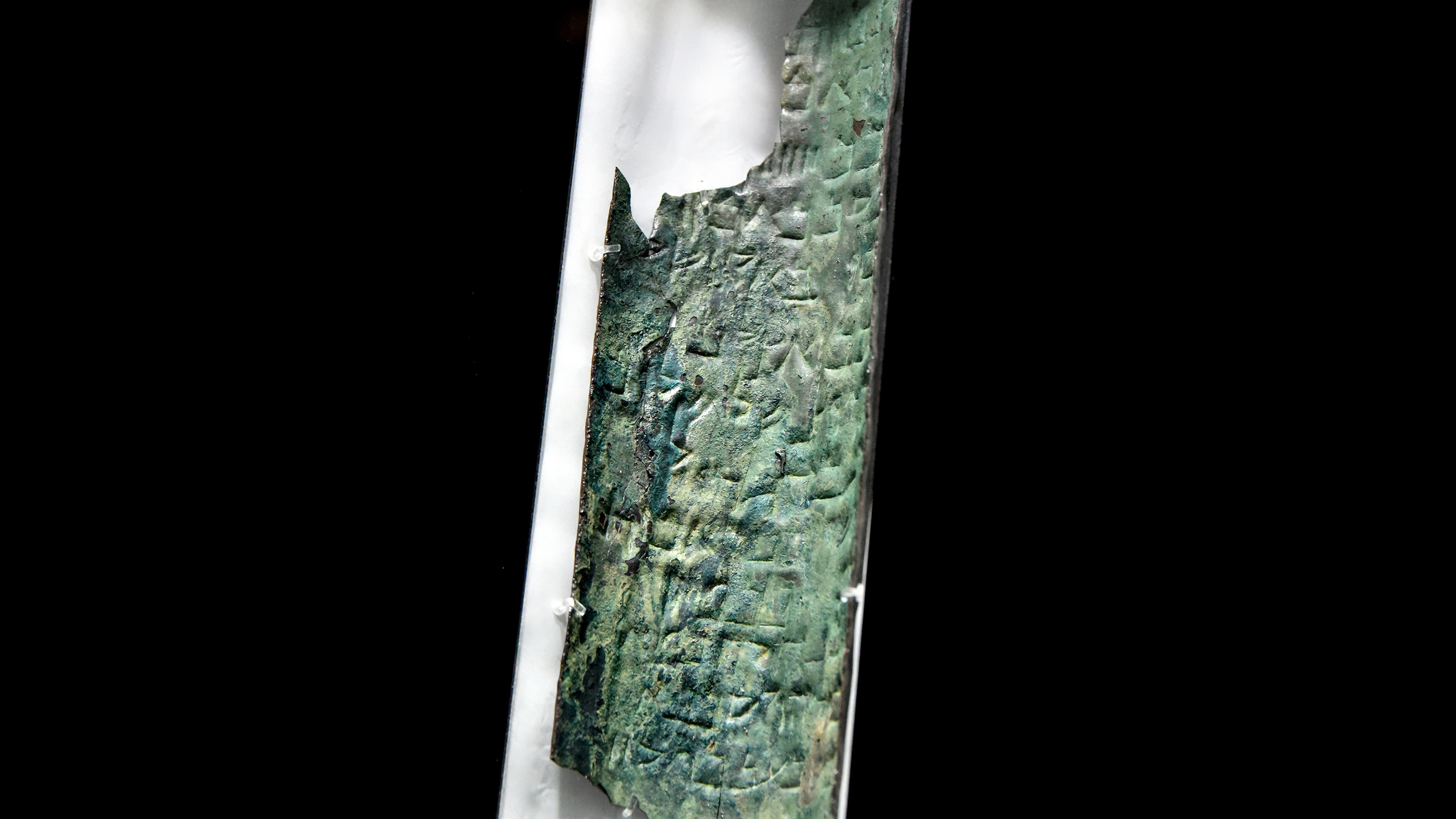
In 1952, a copper scroll was found by archaeologists in a cave, along with other Dead Sea Scrolls, at the site of Qumran. As its name suggests, the writing was engraved onto a copper scroll. The scroll records a vast amount of hidden gold and silver treasure.
The scroll dates back more than 1,900 years to a time when the Roman Empire controlled the Qumran area. There were a number of revolts against Roman rule at the time the scroll was written, and scientists have hypothesized that the treasure was hidden to prevent its capture by Roman forces. Whether the treasure is real, where exactly it was hidden, whether it was ever found and whether it could still exist today are all mysteries that will likely never be solved.
Fate of the Ark of the Covenant
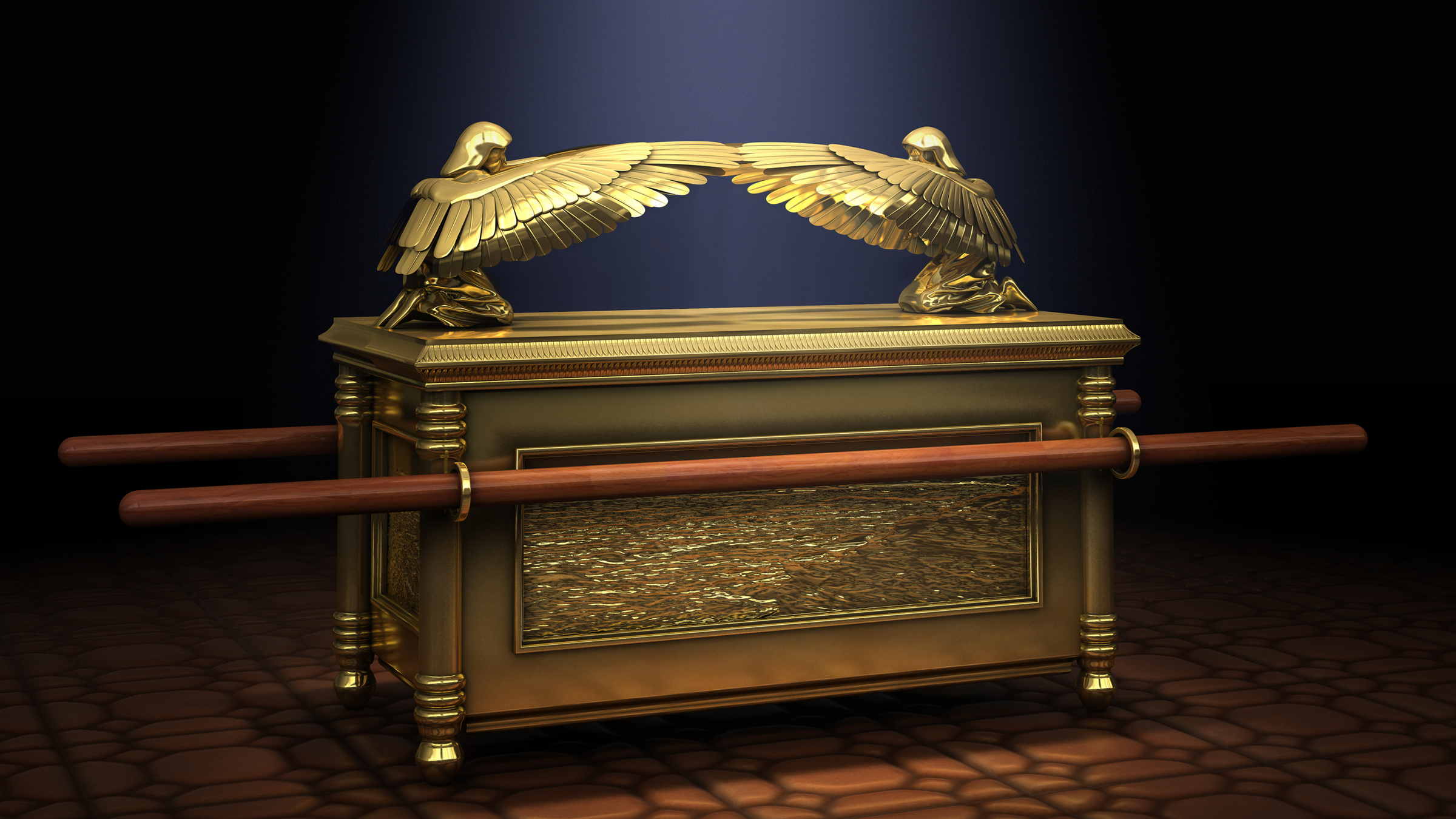
In 587 B.C. a Babylonian army, under King Nebuchadnezzar II, conquered Jerusalem, sacking the city and destroying the First Temple, a building used by the Jewish people to worship God. The First Temple contained the Ark of the Covenant, which carried tablets recording the 10 Commandments.
The fate of the ark is unclear. Ancient sources indicate that the ark was either carried back to Babylon or hidden before the city was captured. It's also possible that the ark was destroyed during the city's sacking. In any event, the ark's location is unknown. Since the disappearance, a number of stories and legends about the ark's fate have been told. One story suggests the ark eventually made its way to Ethiopia, where it is kept today. Another story says the ark was divinely hidden and will not appear until a messiah arrives.
When was Jesus born?

While many Christians today celebrate Dec. 25 as the birth of Jesus, he likely was not born on this day. The date Dec. 25 may have been chosen because it's close in time to Saturna lia, a Roman festival that celebrated the god Saturn. The earliest records of Dec. 25 being the birthday of Jesus date to the fourth century A.D. — more than 300 years after his birth. Another idea is that early Christians chose Dec. 25 because it is nine months to the day they viewed as Jesus' conception.
Ancient records suggest that early Christians were never able to agree on a date when Jesus was born and even today many Orthodox Christians celebrate Jesus' birthday as being on Jan. 6 or 7. In the end, it is unlikely that the date of Jesus' birth will ever be known — in fact, even the precise year is not certain, although scholars generally agree that it was sometime around 4 B.C.
Were the Hanging Gardens of Babylon real?
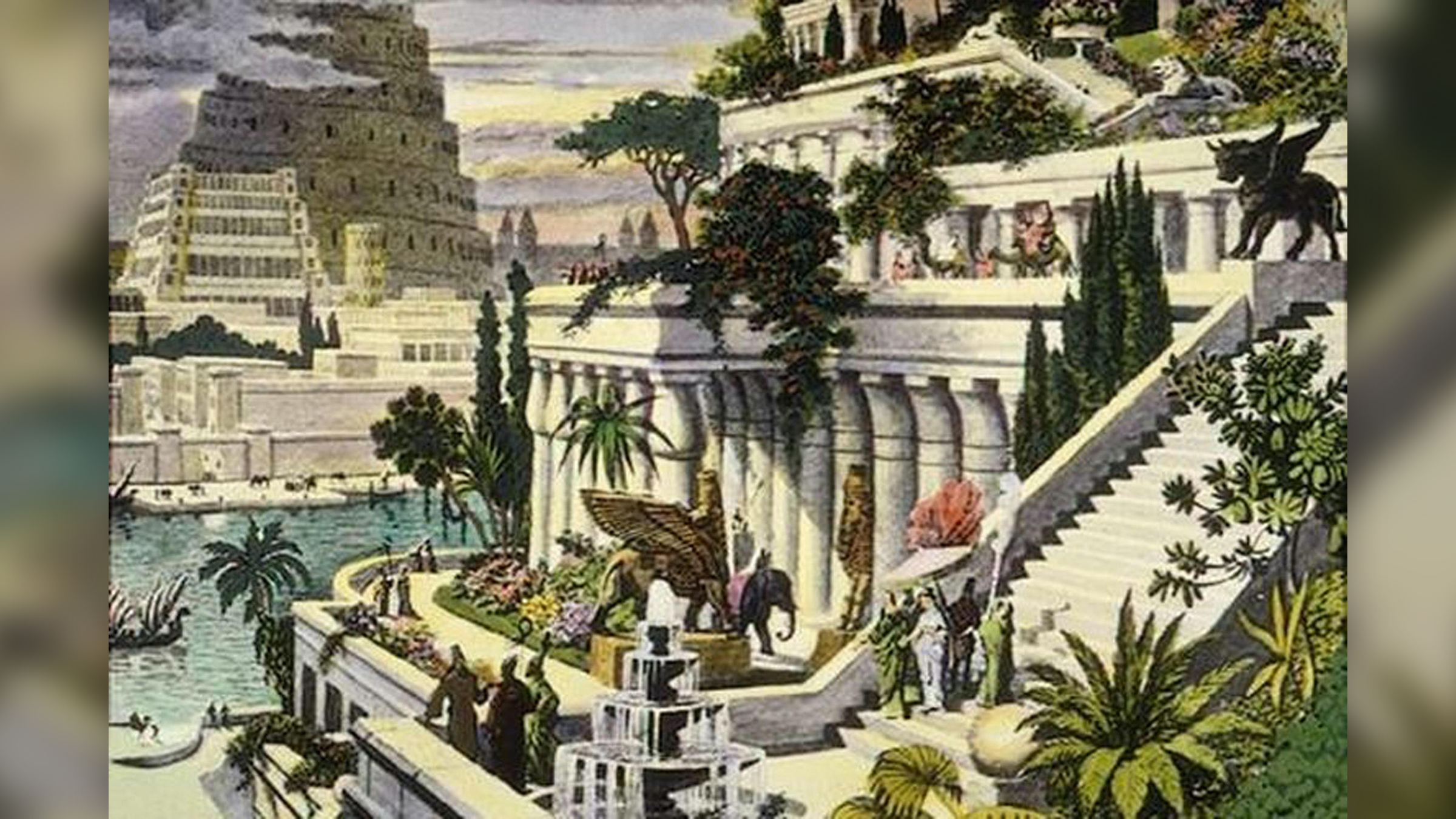
Ancient writers describe a fantastic series of gardens constructed at the ancient city of Babylon in modern-day Iraq. Supposedly built by Nebuchadnezzar II (reign circa 605 to 562 B.C.), the gardens impressed some ancient writers so much that they called the gardens a "wonder of the world." Around 250 B.C., Philo of Byzantium wrote that the Hanging Gardens had "plants cultivated at a height above ground level, and the roots of the trees are embedded in an upper terrace rather than in the earth."
So far, archaeologists who have excavated Babylon have been unable to find the remains of a garden that meets this description. This has left archaeologists with a question: Did the hanging gardens really exist? In 2013, Stephanie Dalley, a researcher at the University of Oxford, proposed in a book that the gardens were actually located at the Assyrian city of Nineveh. Over the past two decades, both Babylon and Nineveh have suffered damage from wars and looting, and it seems unlikely that this mystery will ever be fully solved.
Was there a real-life inspiration for Atlantis?

Writing in the fourth century B.C., the Greek philosopher Plato told a story of a land named Atlantis that existed in the Atlantic Ocean and supposedly conquered much of Europe and Africa in prehistoric times. In the story, the prehistoric Athenians strike back against Atlantis in a conflict that ends with Atlantis vanishing beneath the waves.
While no serious scholar believes that this story is literally true, some have speculated that the legend could have been inspired, in part, by real events that happened in Greek history. One possibility is that the Minoan civilization (as it's now called), which flourished on the island of Crete until about 1400 B.C., could have inspired the story of Atlantis. Although Crete is in the Mediterranean, and not the Atlantic, Minoan settlements suffered considerable damage during the eruption of Thera, a volcano in Greece.
Additionally, archaeologists found that the Minoans were eventually overcome (or forced to join with) a group of people called the Mycenaeans, who were based on mainland Greece. It's unlikely that this debate will ever be fully settled.
What was Jesus really like?

The earliest surviving gospels date to the second century, almost 100 years after the life of Jesus. The lack of surviving first-century texts about Jesus leave biblical scholars with a number of questions. When were the gospels written? How many of the stories actually took place? What was Jesus like in real life?
Archaeological investigations of Nazareth, Jesus' hometown, reveal more about the environment where he grew up. In recent years scientists discovered a first-century house that, centuries after Jesus' time, was venerated as being the house that Jesus grew up in, but whether it was actually Jesus' house is unknown.
Although new research will provide more insight, scholars think it's unlikely they will ever fully know what Jesus was really like. However, in 2018, a researcher published an illustration of what Jesus may have looked like based on archaeological data and ancient texts that describe Jesus' contemporaries in Judea and Egypt. The researcher drew from imagery on ancient coins and Egyptian mummy paintings, and found that Jesus likely had brown eyes, black hair and olive-brown skin. He may have been about 5 feet, 5 inches (1.65 meters) tall, which was the average for male adults based on skeletal remains in that era.
Where is the Holy Grail?
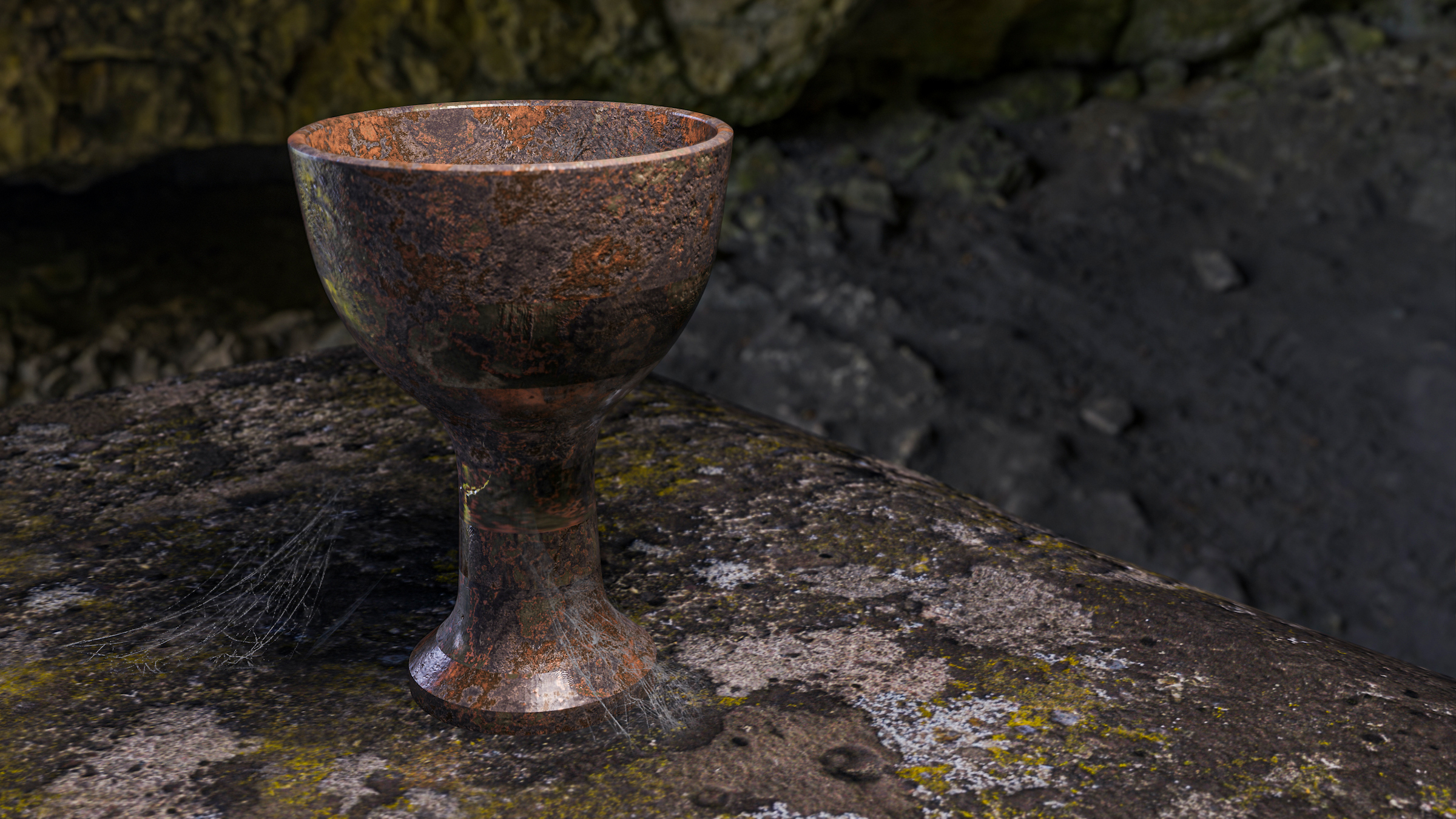
The Holy Grail, the cup that Jesus drank from at his last supper with his disciples before his crucifixion, has never been found and almost certainly never will be. In fact, it wasn't until the Middle Ages that there was much interest in it, after those writing some of the King Arthur stories described the search for the Holy Grail as a quest that King Arthur and his knights took on.
There are no serious scholarly attempts to find the Holy Grail, although it continues to be popular in fiction, being used as a plot device in films like the 1989 movie "Indiana Jones and the Last Crusade," where it was used to heal Indiana Jones' father after he was shot by a Nazi collaborator.
Originally published on Live Science on Aug. 16, 2016 and republished with updated information on July 19, 2023 and March 18, 2024.
Get the world’s most fascinating discoveries delivered straight to your inbox.

Owen Jarus is a regular contributor to Live Science who writes about archaeology and humans' past. He has also written for The Independent (UK), The Canadian Press (CP) and The Associated Press (AP), among others. Owen has a bachelor of arts degree from the University of Toronto and a journalism degree from Ryerson University.
